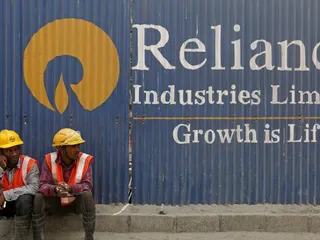The State of the Global Climate 2023 report, released by the World Meteorological Organization (WMO), presents alarming evidence of the planet’s worsening climate crisis.
The year 2023 broke records across all key climate indicators, including greenhouse gas concentrations, surface temperatures, sea level rise, glacier melt, and ocean heat content. It officially became the hottest year ever recorded, surpassing previous extremes due to a combination of human-driven global warming and the El Niño weather phenomenon.Greenhouse gas levels continued to rise, further trapping heat in the atmosphere and pushing global temperatures to new highs. Oceans absorbed much of this excess heat, with marine heatwaves and coral bleaching events intensifying. The world’s glaciers and ice sheets also saw record losses, contributing to accelerated sea level rise.Beyond environmental changes, the report provides a significant update on climate finance.
Global climate finance flows almost doubled between 2019–20 and 2021–22, reaching approximately $1.3 trillion. However, the distribution of these funds remains highly unequal. China, the USA, Europe, Brazil, Japan, and India collectively received around % of the increase, indicating a disproportionate concentration of climate investment in larger economies.Despite the growth in funding, the WMO warns that the current financial flows are still far below the levels required to meet the targets of the Paris Agreement and support developing nations in adaptation and mitigation efforts. The report underscores the need for more inclusive, equitable, and accelerated climate action.In summary, the 2023 report serves as both a warning and a call to action. Climate change is intensifying rapidly, and while financial flows are increasing, much more is needed to protect vulnerable communities and secure a sustainable future.













 (26)jpeg-1722513138064.jpeg.webp)





